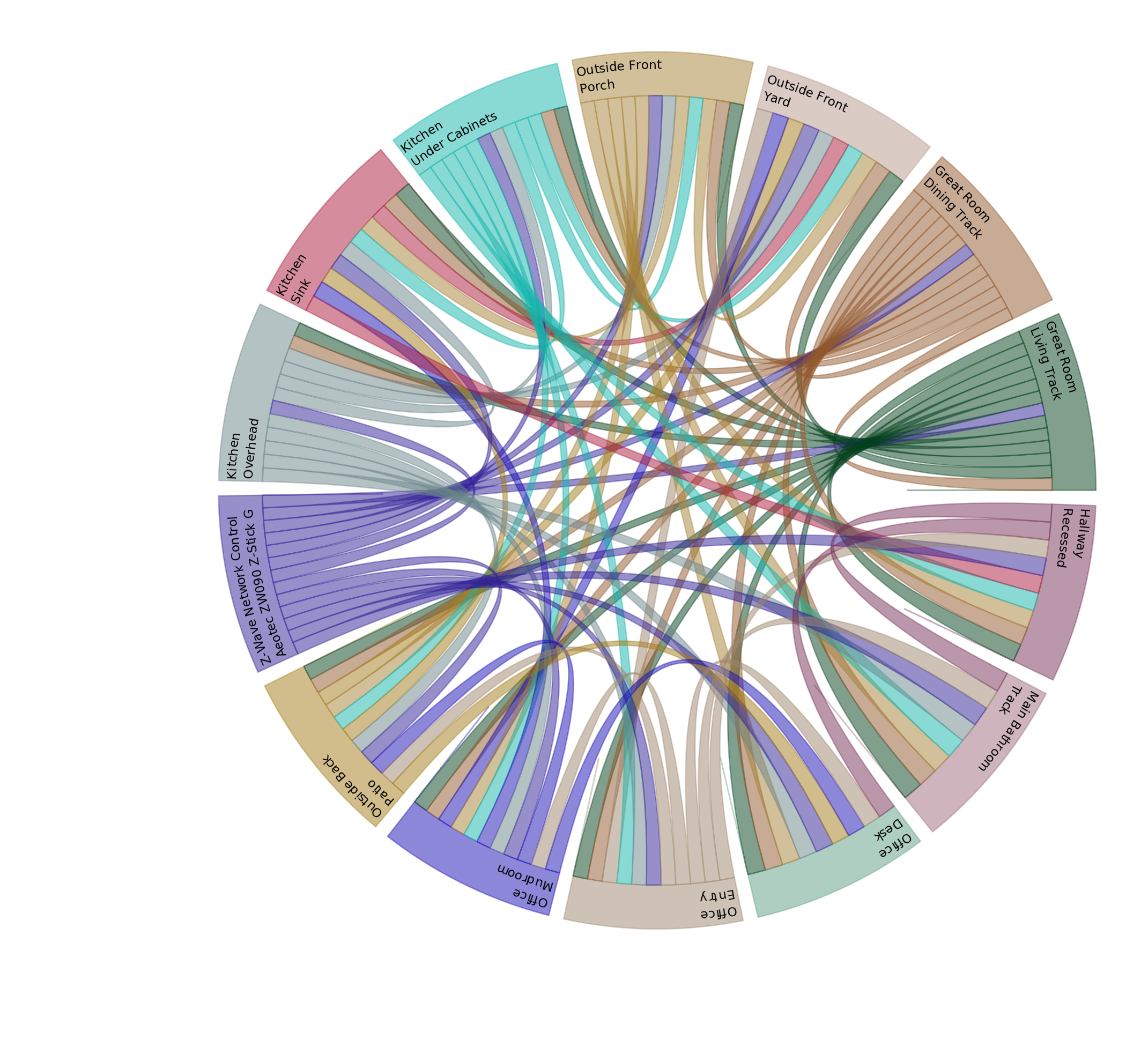I think that the old Z-Wave implementation will stay existing for a long time, because getting to feature parity will take a while. So yes, I think we should move forward with config entry and device registry.
Config entry could be as simple as trying to auto find the USB stick, test it and then configure it.
Device info should be very very simple, as Open Z-Wave has all that data available. The nice thing is that a new Z-Wave implementation will be able to fill the slots of the same entities and devices, as the identifiers are provided by the Z-Wave network, not openzwave.

The Thinking Big blog post talks about better Z-Wave integration by replacing OpenZWave with the SiLabs public SDK.
I'm guessing this will take a while to build out. So my first question is: what do we want to do regarding improvements/etc with the current Z-Wave implementation (like converting to config entries, implementing the device registry, etc). Is it worth it to code that into the current implementation, or should we leave it as-is and focusing on building the new integration?
Outside of moving to use config entries/the device registry are there any major architecture changes that need to be addressed? Has anyone put thought into a migration process, or has it been mostly an idea but hasn't gotten a lot of attention yet?
Mostly just want to get the discussion started so we can have a solid foundation and idea where to focus development time and how to respond to any issues that crop up with the current implementation.